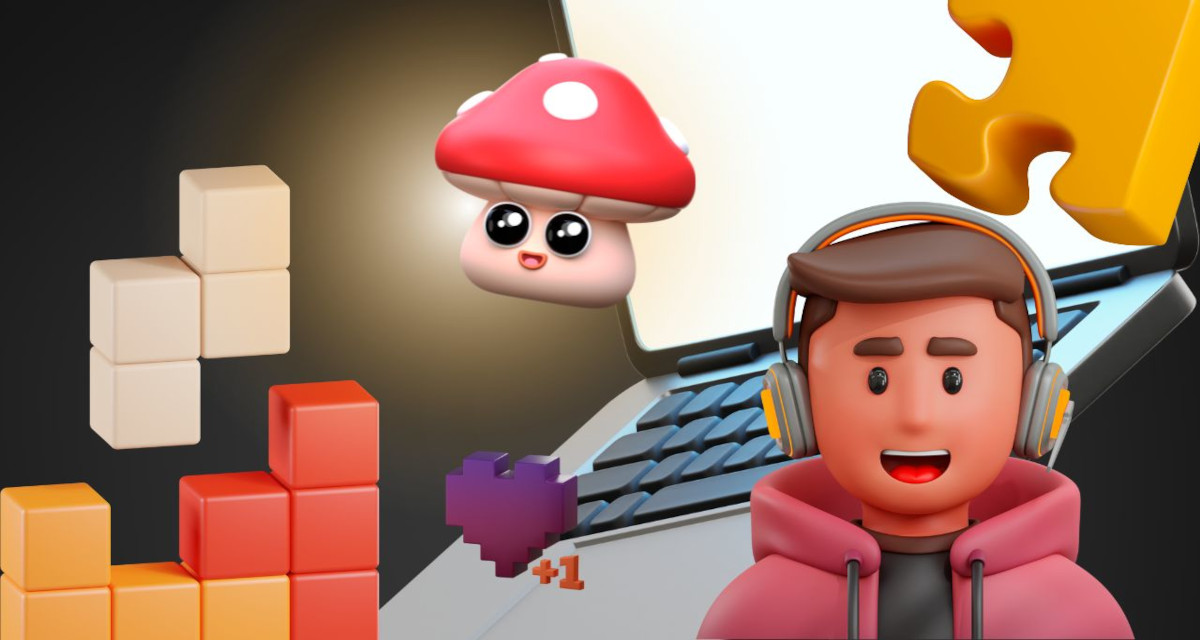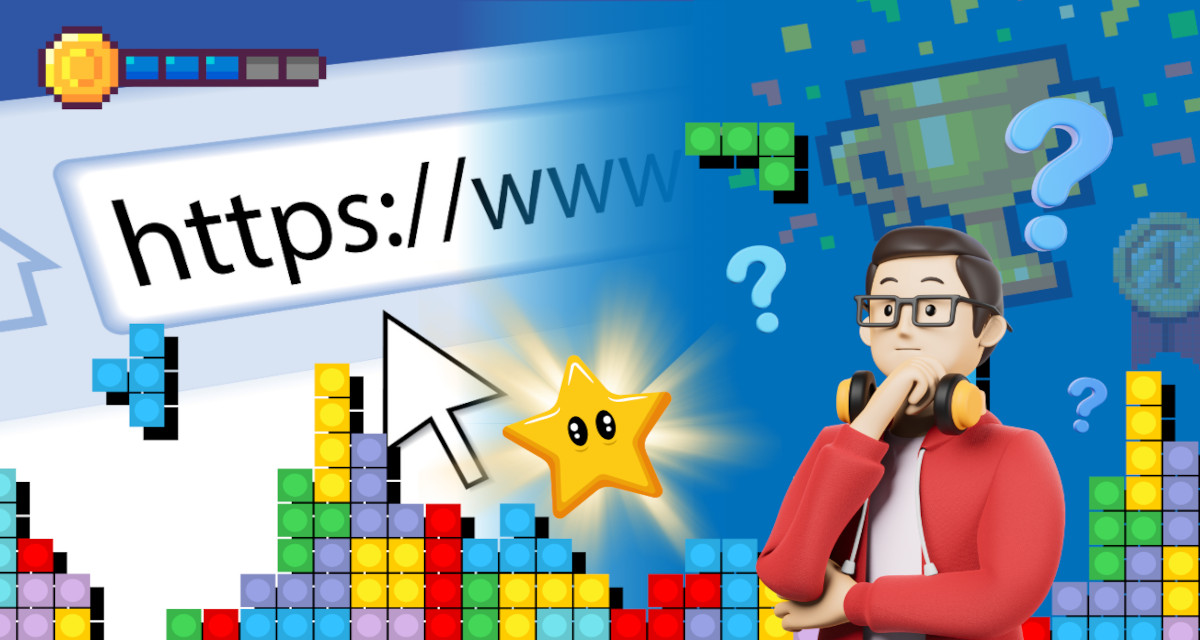 Back
Back

Driving User Retention through Engaging Experiences
Read time approx: 6 minutesIn the ever-evolving landscape of online entertainment, user retention is a paramount concern for game developers and website owners alike. With attention spans shorter than ever, creating engaging and captivating experiences that keep users coming back for more is essential for long-term success. One powerful tool in achieving this goal is the creation of HTML games – dynamic and interactive experiences that can be played directly within a web browser. In this blog post, we'll explore the process of learning how to make HTML games and how they can be leveraged to drive user retention.
Learning to create HTML games is an exciting journey that opens up a world of possibilities for developers and creators. With the right tools and resources, anyone can learn to design and develop captivating games that engage and entertain users. From simple puzzle games to immersive role-playing adventures, the possibilities are endless when it comes to HTML game development. By mastering the fundamentals of HTML, CSS, and JavaScript, aspiring game developers can unlock the power to bring their creative visions to life and create experiences that keep users coming back for more.
One of the key advantages of HTML games is their accessibility and versatility. Unlike traditional video games that require downloads or installations, HTML games can be played directly within a web browser, making them accessible to a wide audience of players on desktop and mobile devices alike. This accessibility allows developers to reach a broader audience and maximize the potential for user retention by removing barriers to entry and making it easy for players to jump into the action anytime, anywhere.
Another benefit of HTML games is their flexibility and scalability. Whether you're a solo indie developer or part of a larger team, HTML game development offers a flexible and scalable platform for bringing your ideas to life. With a wide range of frameworks, libraries, and tools available, developers can streamline the development process and create polished and professional games that rival those produced by larger studios. Additionally, the modular nature of HTML game development allows for easy updates and expansions, ensuring that games can evolve and grow over time to keep users engaged and coming back for more.
Furthermore, HTML games offer unique opportunities for driving user retention through engaging gameplay mechanics and social features. Whether it's implementing daily challenges, rewarding players with virtual currency or items, or incorporating multiplayer modes that allow players to compete or collaborate with friends, HTML games provide a wide range of tools and techniques for keeping players engaged and invested in the experience. By leveraging these features effectively, developers can create games that foster a sense of community, competition, and achievement, encouraging players to return to the game regularly and continue exploring all that it has to offer.
In conclusion, learning how to make HTML games is a rewarding and empowering journey that opens up a world of possibilities for developers and creators. By mastering the fundamentals of HTML, CSS, and JavaScript and leveraging the accessibility, flexibility, and scalability of HTML game development, developers can create captivating experiences that drive user retention and keep players coming back for more. Whether you're a seasoned developer looking to expand your skillset or a newcomer eager to embark on a new adventure, HTML game development offers endless opportunities for creativity, innovation, and success in the ever-evolving world of online gaming.

